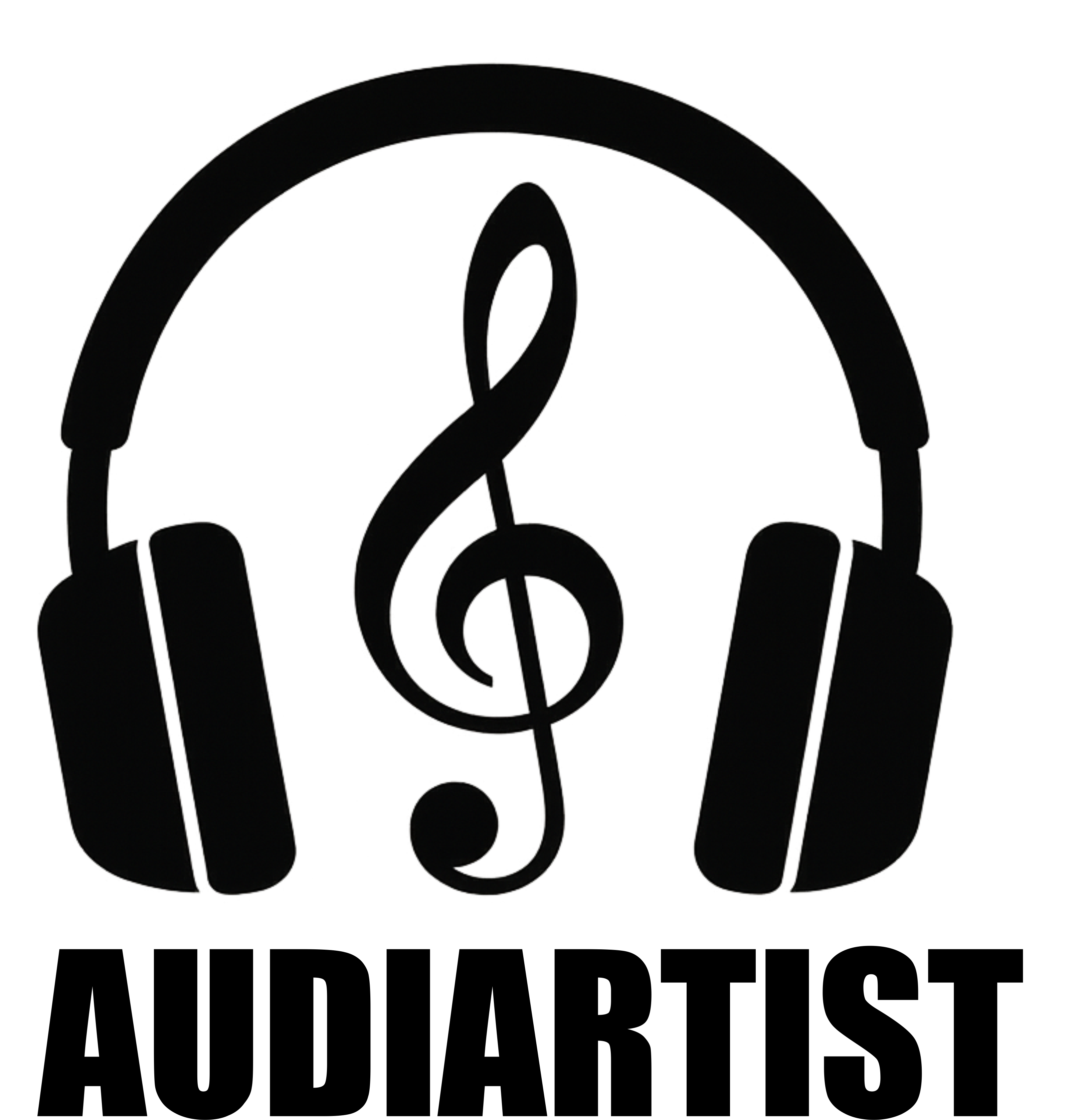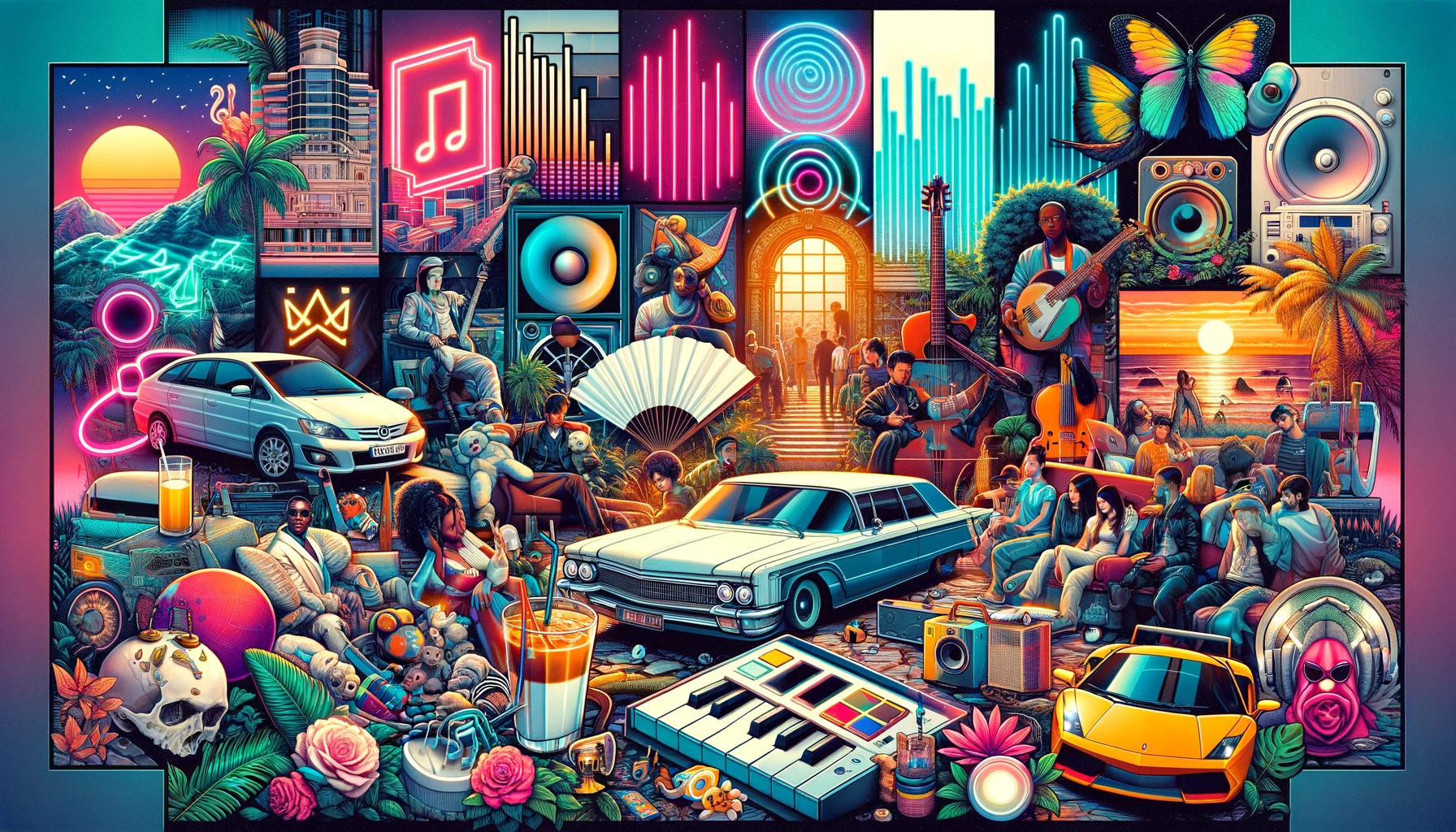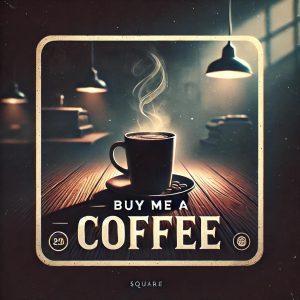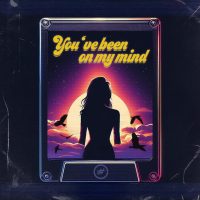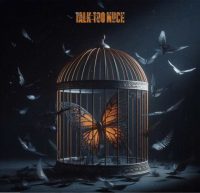In the fiercely competitive music industry, a musician’s visual identity is almost as important as their sound. Album covers, promotional materials, and social media visuals are essential in capturing an audience’s attention and conveying the artist’s brand. The introduction of DALL·E 3, an advanced AI model, is revolutionizing how artists and their teams create these visuals. This investigative report delves into why and how DALL·E 3 is a game-changer for producing stunning artwork tailored to different musical genres.
Why DALL·E 3?
The music industry has always been at the forefront of visual innovation, from iconic album covers to groundbreaking music videos. However, creating high-quality artwork can be time-consuming and expensive. This is where DALL·E 3 steps in. Utilizing advanced AI, DALL·E 3 can generate detailed and genre-specific artwork quickly and efficiently, making it accessible for artists at all levels. The AI’s ability to interpret and visualize text descriptions into vivid images allows for endless creative possibilities, ensuring that each piece of art perfectly aligns with the artist’s vision and musical style.
How to Use DALL·E 3 for Creating Music Artwork
Using DALL·E 3 to create artwork for musicians involves a few simple steps. First, you need to craft a detailed prompt that accurately describes the desired image. The more specific and descriptive the prompt, the better the result. Here, we explore how DALL·E 3 can be used to generate artwork for musicians from various genres, showcasing its versatility and creative potential.
Electronic Music: Sebastian McQueen
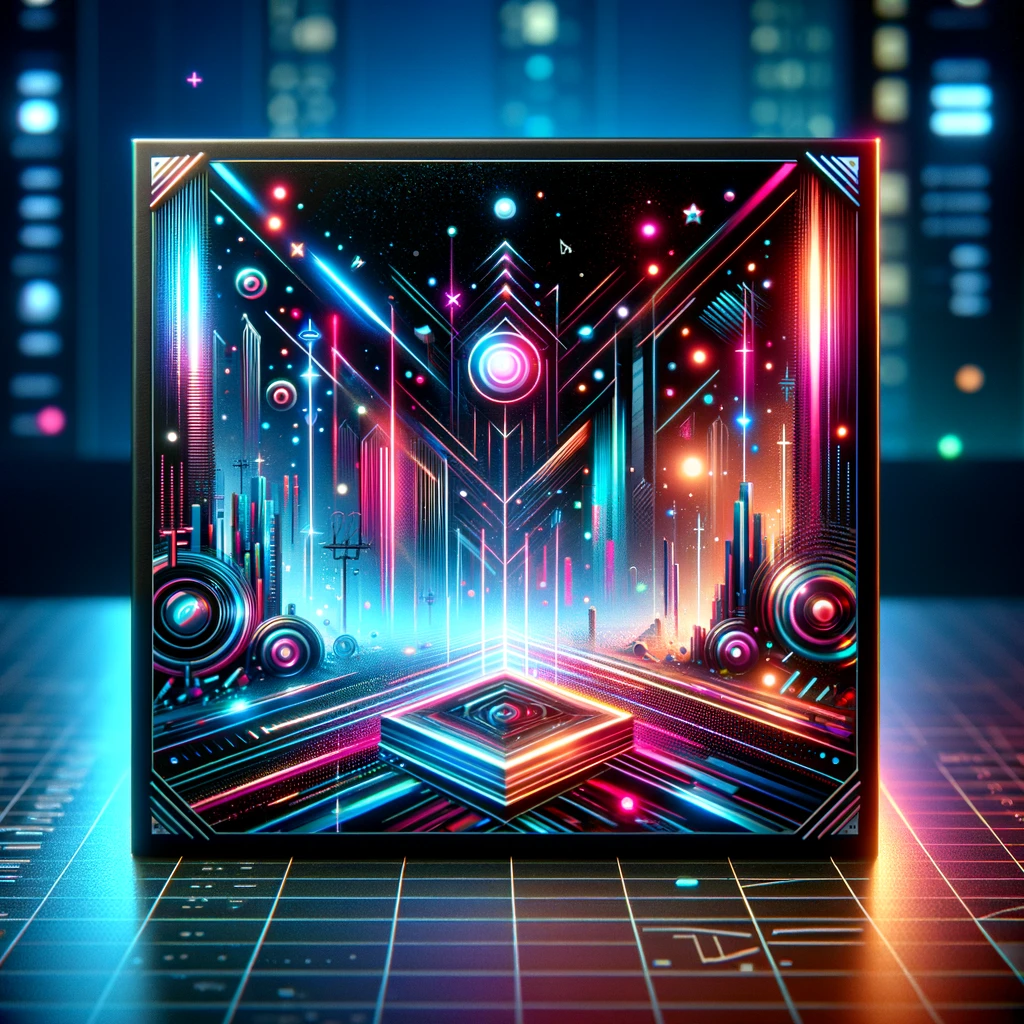
For Sebastian McQueen, an electronic music artist known for his vibrant and energetic sound, the artwork needs to reflect the futuristic and dynamic nature of his music. A prompt describing a neon-lit cityscape with abstract geometric shapes and vibrant colors perfectly encapsulates the essence of his style.
Lo-Fi Music: Mister BoO
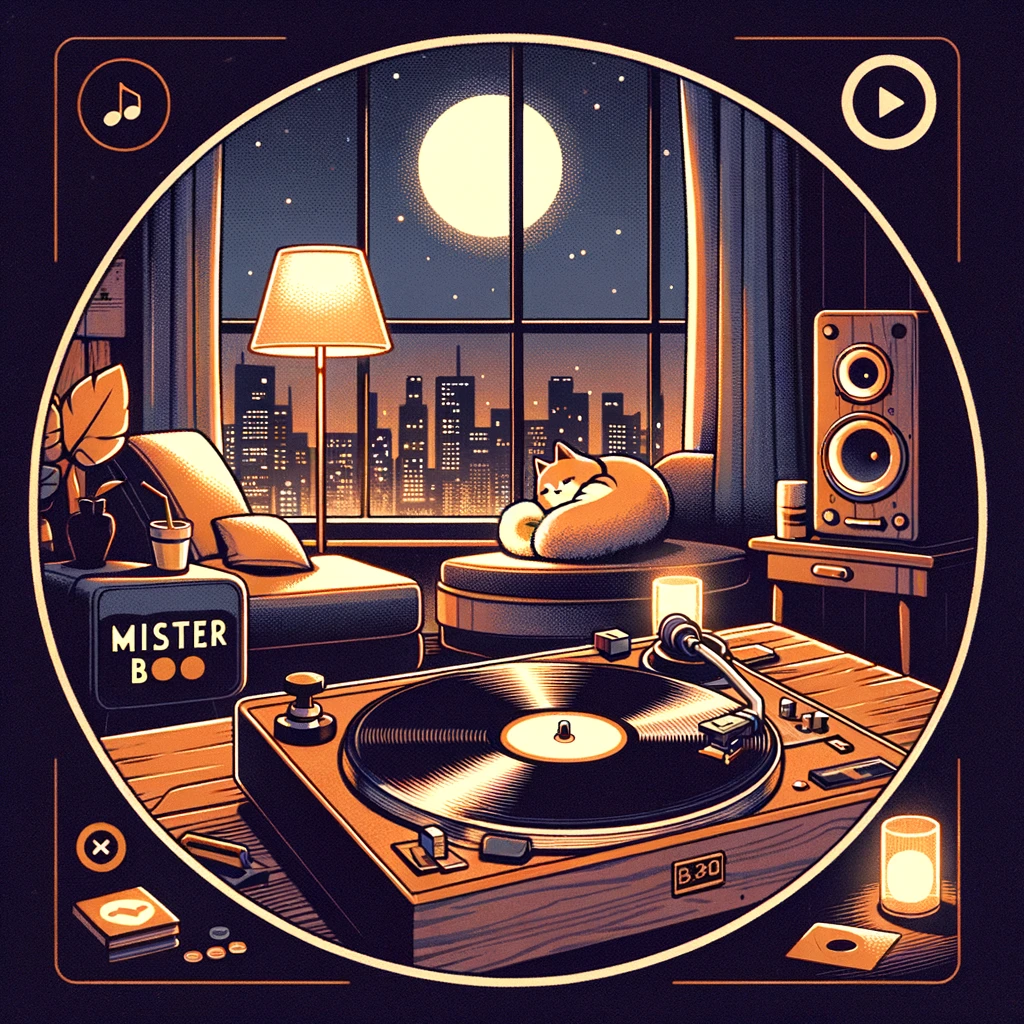
Mister BoO, a lo-fi music artist, evokes a sense of nostalgia and relaxation through his tunes. To match this, the artwork could feature a cozy room with a vintage turntable, warm ambient lighting, and a view of a tranquil cityscape through a window. This setting captures the introspective and laid-back vibe characteristic of lo-fi music.
Classical Music: Arpeggio Allegro
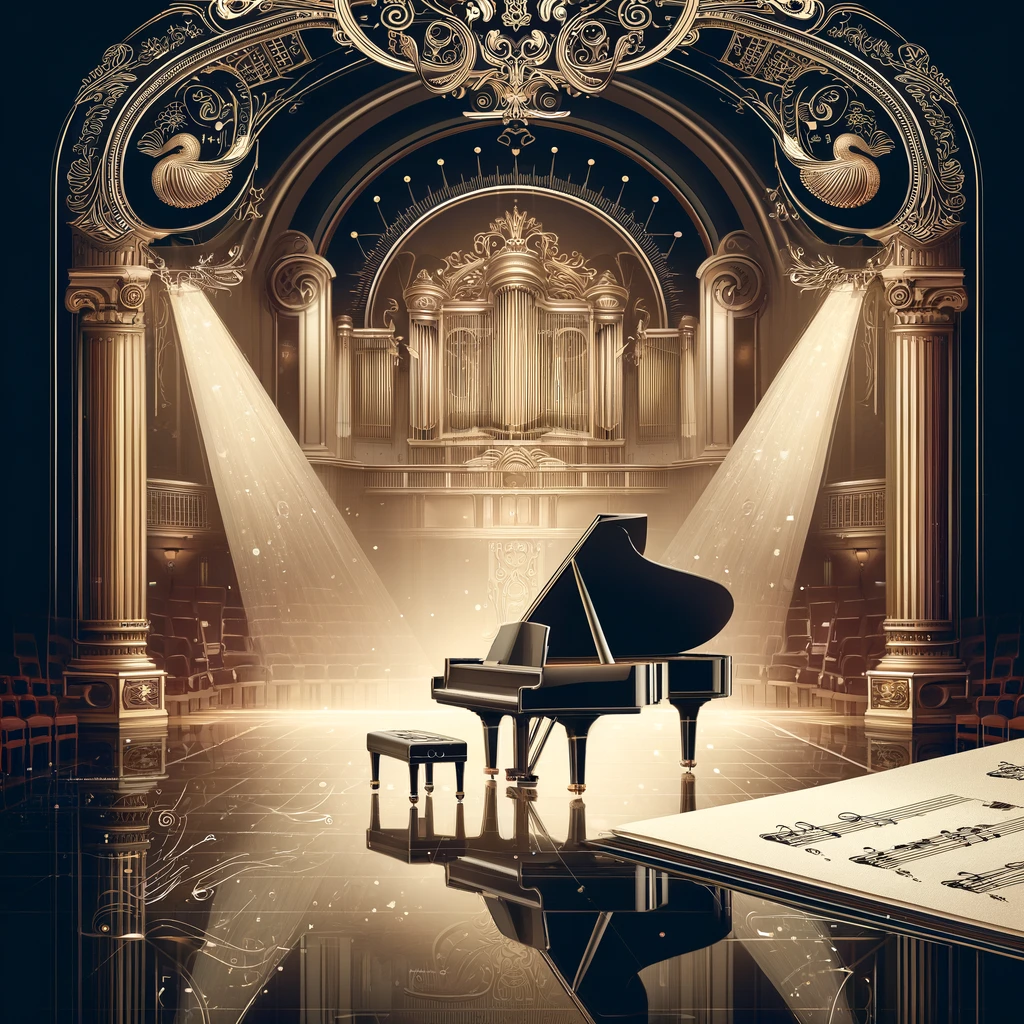
Arpeggio Allegro, a classical music artist, requires artwork that exudes elegance and sophistication. An ideal prompt might describe a grand piano in a luxurious concert hall, with sheet music and rich, opulent surroundings. This imagery reflects the timeless and refined nature of classical music.
Reggaeton: Steel Dust
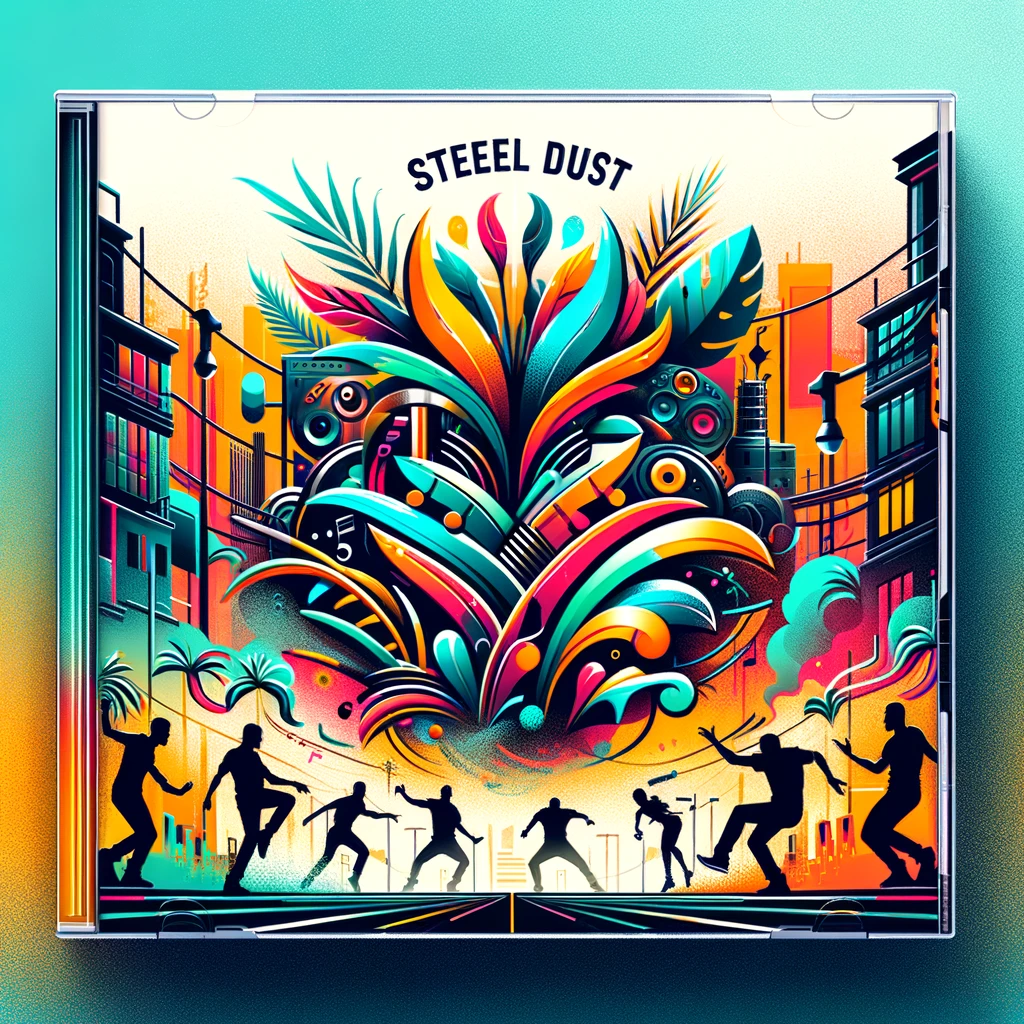
For Steel Dust, a reggaeton artist, the artwork needs to be as lively and rhythmic as the music itself. A vibrant urban scene with tropical colors, dancing silhouettes, and energetic city nightlife would be fitting. This captures the festive and dynamic spirit of reggaeton.
Rap: Nodachi
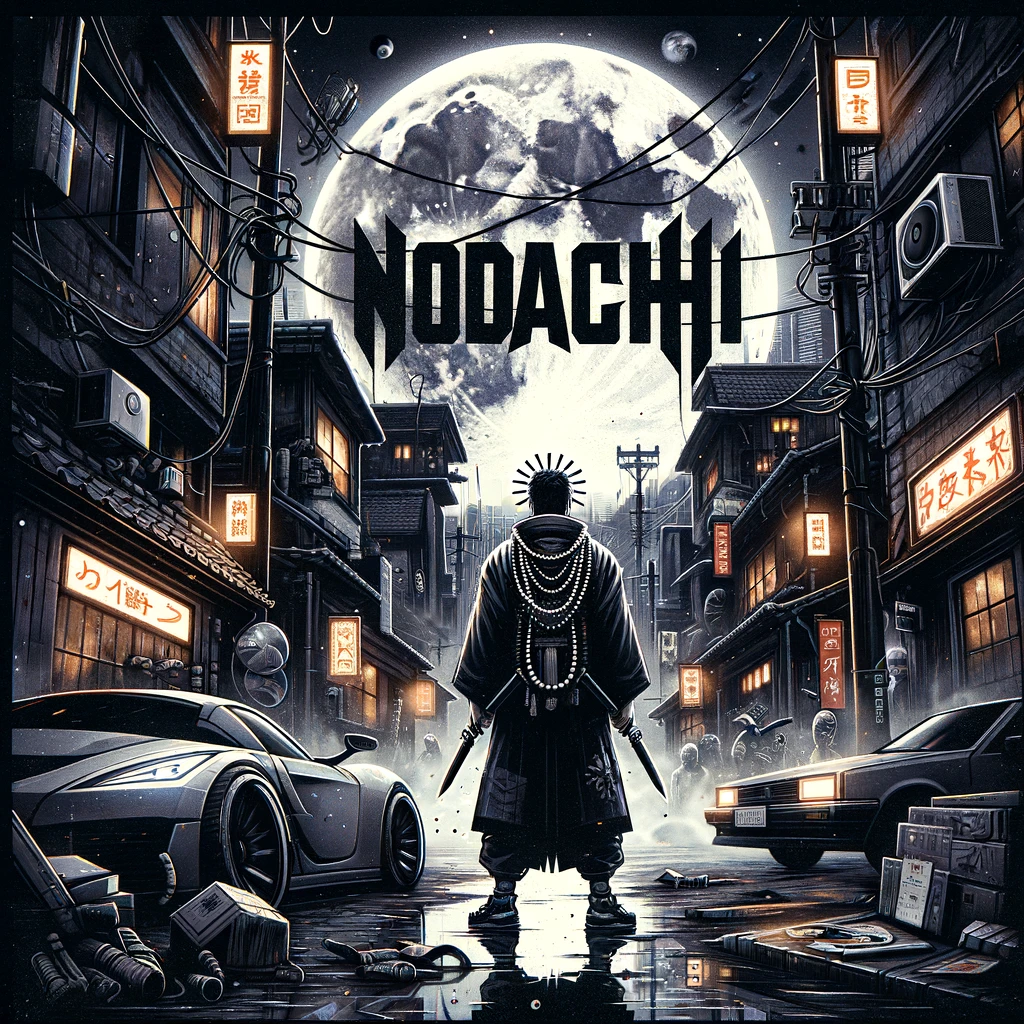
Nodachi, a rap artist, embodies the raw and gritty essence of the streets. The artwork should reflect this with elements like graffiti-covered walls, dark alleyways, and a powerful, edgy atmosphere. This setting conveys the intensity and authenticity of rap music.
Through these examples, it’s clear that DALL·E 3 is a powerful tool for creating customized and genre-appropriate artwork for musicians. Its ability to bring detailed textual descriptions to life opens up new possibilities for artists, allowing them to enhance their visual branding effortlessly. As the fusion of AI and art continues to evolve, DALL·E 3 stands out as a valuable resource for musicians looking to make a visual impact.
![]()
